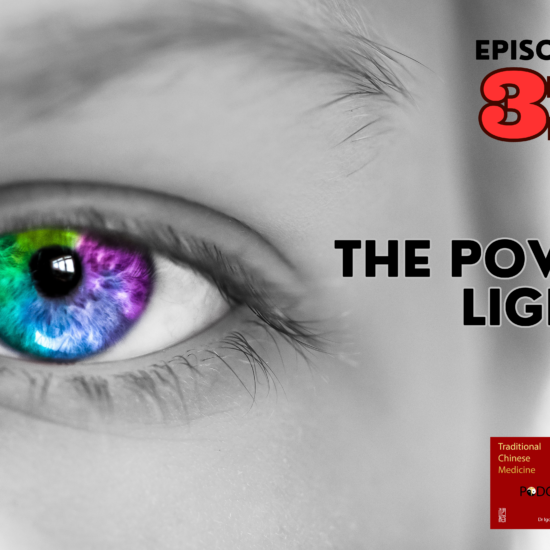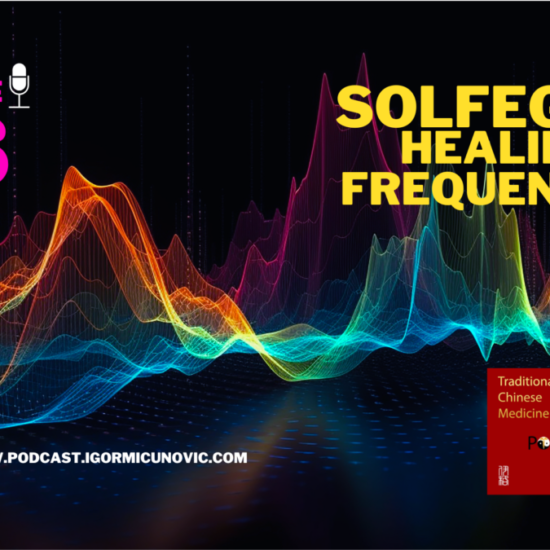High carbon dioxide levels cause acidosis and stimulate the respiratory center in the brain, triggering the newborn to take a breath. The first breath typically is taken within 10 seconds of birth, after mucus is aspirated from the infant’s mouth and nose.
In order to make the first breath after the umbilical cord has been cut, it is the most important level of CO2.
If there’s too much carbon dioxide (CO2) in the baby’s bloodstream it can produce hypercapnia may upset acid-base balance and cause a range of problems.
On the contrary, a decrease in alveolar and blood carbon dioxide (CO2) levels below the normal reference range of 35 mm/Hg is known as hypocapnia.
Balance of CO2 level in bloodstream activates very first breath in newborn babies. Too much CO2 will cause permanent damage to the brain, while too little CO2 will not trigger breathing.
Following this logic, we can understand that all kinds of stimulation can have the very same effect on the human body. One cigarette a day is great stimulation for our metabolism and causes faster blood flow and brains functions, such as enhancement of motor learning, while more cigarettes cause brains and body decrease – hypofunction and cause a variety of damages to the health.
It is the same for alcohol. Moderate to little daily usage of alcohol even can have health benefits.
Alcohols
Alcohols, in various forms, are used within medicine as an antiseptic, disinfectant, and antidote. Alcohol is also one of the oldest beverages used by humans which preparation dates back to as far as 8,000 BC. Alcohol was used as a general anesthetic since 8thcentury BC, while has been used as an antiseptic as early as 1363.
Alcohol is a central nervous system depressant and can slow down brain activity, change mood, behavior, self-control, and can affect coordination and physical control.
Alcohol benefits
In order for alcohol to have curative effects, it has to be taken moderately. Alcohol itself can reduce cardiovascular diseases, can reduce the risk of developing rheumatoid arthritis, and can prevent stroke. Moderate consumption of alcohol can reduce the risk of developing diabetes, cancer, dementia, and Alzheimer’s disease.
Moderate alcohol consumption reduced the incidence of the common cold among nonsmokers but has no protective effect against the common cold in smokers.
Moderate consumption of alcohol may prolong life and promote health and well-being in general. We drink alcohol generally during various social events when people are connected when we feel further stimulated and sedated by alcohol. In general, alcohol can make people happier if consumed moderately.
Therefore, medium consumption of alcohol can be found to benefit our physiology, emotions, or even our social dimension.
Moderate consumption of alcohol
Effects of alcohol are different from person to person, and it depends on a variety of factors, such as epigenetics, individual physiology, frequency of alcohol intake, age, health conditions, food digested before alcohol consumption, speed, and amount of alcohol intake.
There is no consensus what is the exact amount of moderate consumption of alcohol. However, for most women, moderate drinking is no more than one standard drink a day. While for most men, moderate drinking is no more than two standard drinks a day.
The history of medicinal wines in China
From the Shang Dynasty (1766-1122 BCE), the knowledge and practice of wine-making got sophisticated and spread across China.
The earliest written record of wine-making in China comes from the Warring States period (476-221 BCE). Records describe the Yu – first emperor of China (2205-1766 BCE) enjoying wine.
During the Zhou Dynasty (1122-256 BCE), a government body was established in charge of wine production and testing quality using six quality factors in order to produce high-quality wine, e.g. pure water, high-quality raw materials, adequate tools and materials, and the right processing methods.
In the Western Zhou Dynasty (1122-771 BCE), was established practice of medicinal wine production and degustation in the emperor’s Palace in order to protect health and to cure illnesses.
Nowadays medicinal wines in China are standardized, clinically tested, and are included in P.R. China Medical Pharmacopeia.
Wines and liquors classification in China
There are several different types of wines and distilled spirits used for making Chinese medicinal wines. Usual categories are as follows.
- Yellow wine or Huang jiu (Chin. 黄酒), made of rice or millet, similar to Japanese sake. Rice wine (Chin. 米酒) is a type of huangjiu with a pure aroma and a clean taste. The most famous huangjiu is Shaoxing wine (Chin. 绍兴酒).
- Red wine made of grapes, or Pu tao jiu (Chin. 葡萄酒).
- White alcohol, or Baijiu (Chin. 白酒), which refers to any distilled grain alcohol.
- Clear alcohol or Gao liang jiu (Chin. 高粱酒) made from sorghum. Which is a type of bai jiu. The most famous gaoliang liquor is Maotai (Chin. 茅台), from the town Maotai in Guizhou Province.
In general, several authors agree that there are two types of alcohol used to make Chinese medicinal wines, rice wine, and white alcohol.
Medicinal wines and liquors in traditional Chinese medicine
Word medicine in Chinese, (Chin. 醫) contains the bottle radical – alcohol (Chin. 酒) as a component in its lower half. This bottle radical itself represents a bottle with wine in it. This character shows that the use of medicinal wines is ancient and integral part of traditional Chinese medicine.
TCM classifies alcohol as bitter, sweet, and acrid in flavor. It is warm in nature and toxic. It enters the meridians of the heart, liver, lungs, and stomach. It opens the blood vessels, warm cold qi and promotes spleen function. In clinical practice, alcohol is mainly used to treat rheumatism, contracture and spasm of the sinews and vessels, and general pain.
Small amounts of alcohol support the spleen but large amounts easily damage the spleen. Small quantities quicken the blood circulation, while large amounts are poisonous.
In Chinese medicine, there are two basic ways of making medicinal wines. The first method is to ferment the ingredients, and the second method, which is simpler means to soak ingredients in alcohol, in order to make a tincture.
Traditional Chinese medicine wine therapy – (Chin. 药酒疗法)
There are several different categories of Chinese medicinal wines, such as:
- medicinal wines for the treatment of various deficiency conditions commonly seen among elderly or chronically ill;
- medicinal wines for liver and kidney nourishment, and thus strengthen the sinews and bones;
- dispelling wind medicinal wines, for treatment of wind damp bi or rheumatic and arthritic conditions;
- clearing heat and disinhibiting dampness medicinal wines. For treatment of inflammatory conditions due to damp-heat;
- fortifying the spleen and harmonizing the stomach medicinal wines for regulation of digestion;
- gynecological medicinal wines;
- external medicinal wines for dermatological problems – injuries caused by wind;
- medicinal wines for treatment of epidemics;
- traumatic injuries medicinal wines;
- medicinal wines for all types of skin rashes.
Medicinal wines are mostly used during the winter months and also by older patients because they’re more concentrated and potent than decoctions and pills.
Chinese medicated liquors
The active elements that compose Chinese medicated liquors are soluble in alcohol, which is the base material for the medicated liquors. For example:
- Ren Shen (Radix ginseng) is commonly used to help resist senility; it reinforces immunity, regulates internal secretions, promotes the synthesis of proteins, strengthens resistance to fatigue, resists myocardial ischemia, reduces blood sugar levels, and enhances the hematopoietic function;
- Huang Qi (Radix astragali) reinforces immunity, strengthens muscle contractility and the capacity of stress reaction, promotes the synthesis of protein, dilates blood vessels, and decreases high blood pressure;
- Ling Zhi (Ganoderm alucidumseu japonicum) strengthens immunity and tolerance of oxygen deficiency, resists myocardial ischemia, and regulates the metabolism of nucleic acids;
- Dang Gui (Radix angelicae sinensis) increases blood production, strengthens immunity, reinforces muscle contractility and body resistance to cold, protects the liver, increases the volume of blood flow in the heart muscles, resists myocardial ischemia and arrhythmia, hinders the accumulation of blood platelets to prevent thrombosis;
- He Shou Wu (Radix polygoni multiflora) resists atherosclerosis and myocardial ischemia, strengthens cellular immunity, and checks lipid peroxide;
- Gou Qi Zi (Fructus lycii) decreases blood sugar and cholesterol levels, relieves atherosclerosis, and protects the liver;
- ShanZha (Fructus crataegi) lowers high blood pressure and blood lipids, resists myocardial ischemia, and promotes digestion;
- Ju Hua (Flos chrysanthemi) increases the volume of blood flow in the coronary arteries, resists myocardial ischemia and thrombosis, and contains selenium.
Medicinal liquors are sorted into medicinal liquor of animals, medicinal liquor of herbs, medicinal liquor of animals and herbs, and medicinal of minerals.
Glass bottles with polished mouths are often selected as containers for holding medicinal liquors because they are airtight and can prevent ingredients from oxidation. Generally speaking, the medicinal materials when soaked, take up 1/3 of the whole medicinal liquor.
The medicinal liquors should keep indoors at normal temperature, be airtight and avoid sunlight. Shaking the bottles several times per day is called the cold-maceration method which is the most commonly used method.
The medicinal liquors can be used when their colors can not darken anymore which means the exudation of effective ingredients has finished completely and the consistence has reached the highest level.
TCM view of excess usage of alcohol
From a TCM point of view, drinking larger amounts of alcohol creates excesses in two areas: Heat and Dampness. Basically, alcohol is a diuretic, which causes the elimination of water. Chinese medicine considers that the removal of water from the body causes the appearance of fire — excess heat. Alcohol raises the heart rate, increases circulation, and creates feelings of warmth in the body. As a result, it can lead to conditions like sweating, flushed complexion, inflammation, loose stools, or scanty/dark urination.
Alcohol consumption also causes excess dampness. It manifests due to adding more fluid to the body than is necessary, and that fluid needs to exit the body. Because excess dampness makes water imbalance in the body, it often creates a swamp-like state in the digestive system. Common symptoms include fullness, bloating, excess gas, and general heaviness in the body and limbs. It also leads to fatigue and most significantly—a thirst without a desire to drink. So, on the one hand, you feel thirst because of increased heat, but you don’t have a desire to drink because of excess fluid.
In general, it is considered that as the drink contains more alcohol content it has a warmer nature. As previously mentioned, in small amounts, alcohol can supplement and move qi and blood.


